It starts with ‘Fresh’ at one end and ‘Rich’ at the other, with ‘Fruity’ positioned in the middle.

An arrow indicates where along the line the wine fits from a taste point of view. It is not a reflection of the chemical composition of the wine, but the location of the arrow serves as a quick and readily understandable predictor of what consumers can expect stylistically.
Wines falling on the ‘Fresh’ side of the scale icon will be refreshingly crisp and zesty. Those at or near the ‘Fruity’ point will show fruit and spice characters, while those at the ‘Rich’ end of the spectrum will likely show some evidence of oaking, and notes of baked or dried fruit with buttery and vanilla tastes.
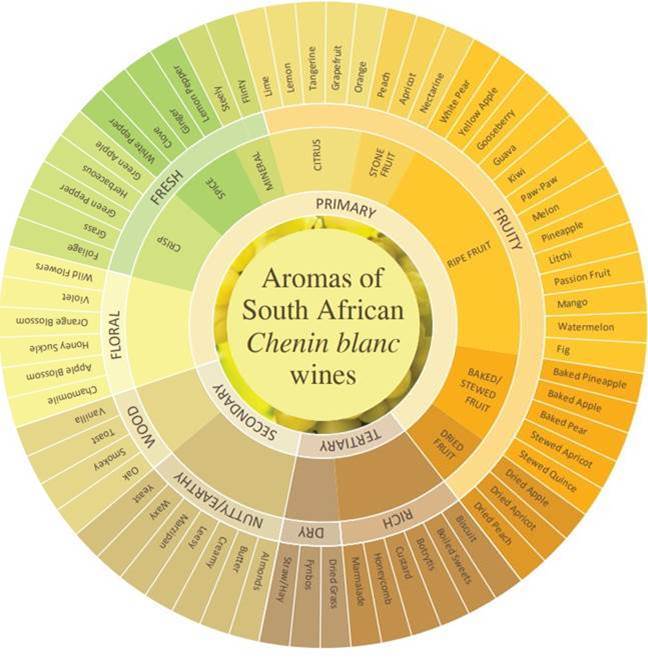
Through tasting and sensory evaluation of some 3,000 South African Chenin Blancs from 2007 to date, an aroma wheel has been created to show the variety of flavours which can be found in modern South African Chenins. These tastings were done through a collaboration of Stellenbosch University’s Institute for Wine Biotechnology, The Department of Viticulture and Oenology, Chenin Blanc Association of South Africa, Platter’s South African Wine Guide and Chenin Blanc producers.
The launch of the icon comes on the eve of #DrinkChenin Day (June 17), which draws attention to South Africa’s most widely planted variety.
Chenin trends
Here are some examples of modern Chenin Blancs to illustrate what South African producers are doing with this versatile grape.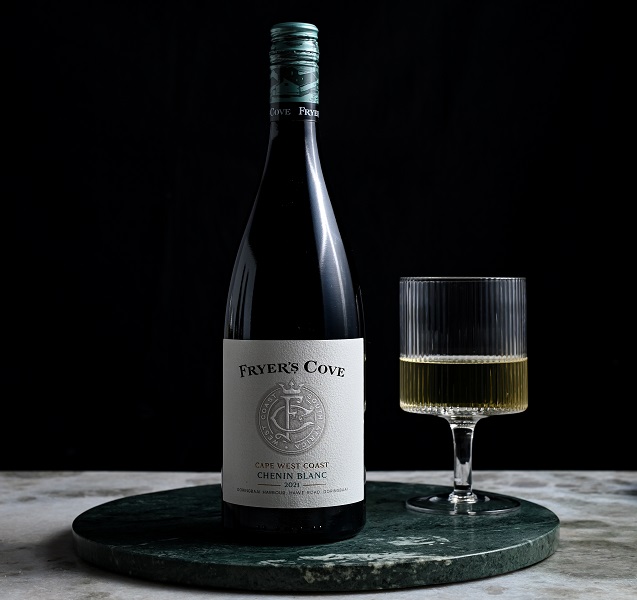
The maiden 2021 vintage of the Fryer’s Cove Chenin Blanc – from vines planted on the western slopes of the Cape West Coast region – has complex fruit layers of white peach and nectarine, and a salty minerality.
The cooling air from the cold Atlantic Ocean helps to harness the vigour of the grapes, which were harvested during the night and early morning.
Most of the grapes (62%) went into stainless-steel tanks to retain the “fresh” flavours, while the remainder (38%) went into third- and fourth-fill 300L French oak barrels for added complexity. The components were aged for four months “to enhance the weight and mouthfeel” before blending and bottling.
Alc: 13%vol
RS: 3.5g/L
TA: 6.37g/L
pH: 3.44
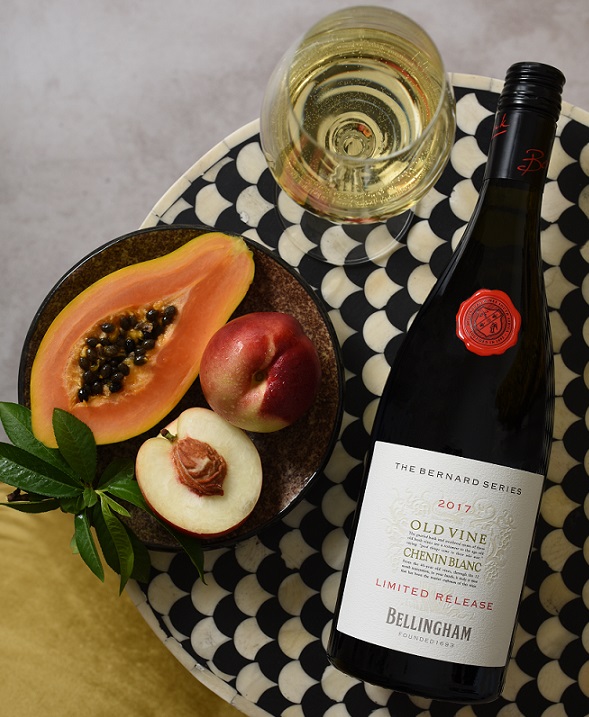
Made from three low-yielding vineyards with certified old vines dating from 1971, 1982 and 1983, Bellingham’s “fruit-forward” Bernard Series Old Vine Chenin Blanc 2021 honours legendary co-founder Bernard Podlashuk.
The vineyard in the cool-climate appellation of Cape Town forms the major component of the blend, while the remaining two vineyards are situated in the acclaimed Bottelary hills in Stellenbosch.
Harvested in two phases, the earlier one – for the “fruit or nose” component – is fermented with native yeasts in foudre, concrete tank and amphorae.
The later, riper component ferments naturally in 300L barrels (30% new) and contributes to the overall structure and palate of the wine. After fermentation, the barrels receive monthly bâtonnage for about 10 months before blending and bottling.
Alc: 13.57%
RS: 3.82g/L
TA: 6.46g/L
pH: 3.43
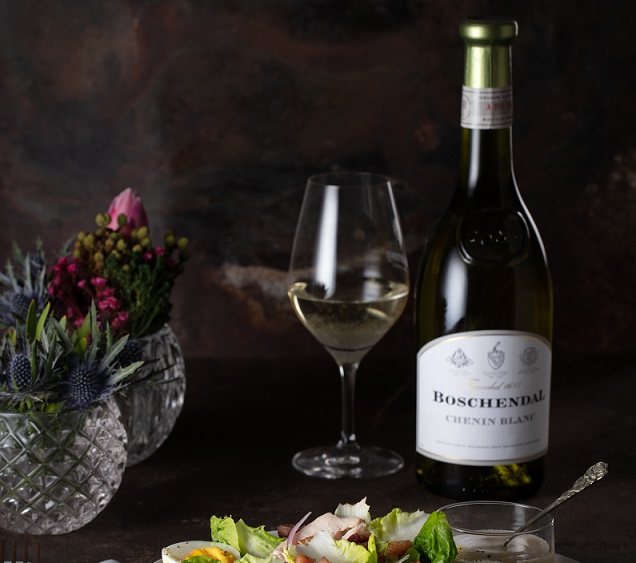
The grapes for the Boschendal 1685 Chenin Blanc 2022 were sourced from a selection of site-specific locations, ranging from the foothills of the Helderberg, Polkadraai and Faure areas in Stellenbosch. Here, the vines are exposed to the elements of the cooling sea breeze in the afternoon from False Bay. This has a tremendous effect on the quality as it allows for longer ripening time whilst maintaining the natural acidity.
From vines with an average age in the range of 12 to 28 years, the grapes were handpicked at optimal ripeness early in the morning and sorted on arrival at the cellar before pressing. The average sugar content of the grapes when picked was around 22-23° Balling, allowing for a ripe, full-bodied wine. 20% of the must was fermented in foudre and remained in these large barrels post-fermentation for a maximum of six weeks on lees with weekly bâtonnage. This component broadens the mid-palate and gives a creamy weight. The rest was fermented in stainless-steel tanks with partial solids at 16°C to enhance the “rounded fullness of the wine”.
Alc: 13.5%
RS: 2.4g/L
TA: 5.9g/L
pH: 3.4
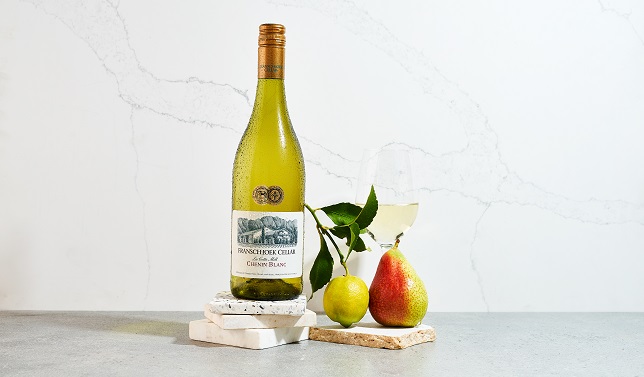
The unoaked Franschhoek Cellar La Cotte Mill Chenin Blanc 2021 comes from fruit grown in a combination of trellised and bush vines on a variety of soil types in Durbanville and Agter-Paarl areas. With vines in the 3-30-year range, yields vary from 5 to 11 tons per hectare.
The grapes undergo a long, cool fermentation in stainless steel followed by four months on lees with occasional stirring “for added richness and complexity”.
Alc: 12.5%
RS: 3.5g/L
TA: 6g/L
pH: 3.3

Grapes for the unoaked Backsberg Chenin Blanc 2022 come from a combination of trellised and bush vines from the Wellington and Paarl regions.
Picked over time between 22-23° Balling, they are crushed, chilled and settled overnight before fermentation at 16°C in stainless-steel tanks, yielding “a simple, clean but slightly fuller wine”.
Alc: 13%
RS: 6g/L
TA: 6g/L
pH: 3.2

The “complex yet fresh” Old Road Wine Co. Anemos Chenin Blanc 2020 comes from unirrigated vineyards in the windy coastal regions of Stellenbosch and Durbanville, with ‘Anemos’ being the ancient Greek word for ‘wind’.
The vines – planted in 1988 and 1983 respectively – started as a trellised system, but over the years they have become “improvised bush vines”.
The vineyards are managed for “ultra-premium quality” and yield approximately 5 tons per hectare, with hand-harvesting into small bins taking place at 22-23° Balling.
The destemmed and crushed grapes were left on skins overnight and allowed to settle before being racked to barrels for fermentation. After fermentation, the wine remained on gross lees in 500L French oak barrels (20% new) for eight months, with monthly bâtonnage at the beginning, less frequent towards the end, “to add depth and staying power without detracting from the natural fruit character”.
The wine remained in barrels for 10 months before being bottled.
Alc: 13.5%
RS: 2g/L
TA: 6g/L
pH: 3.42


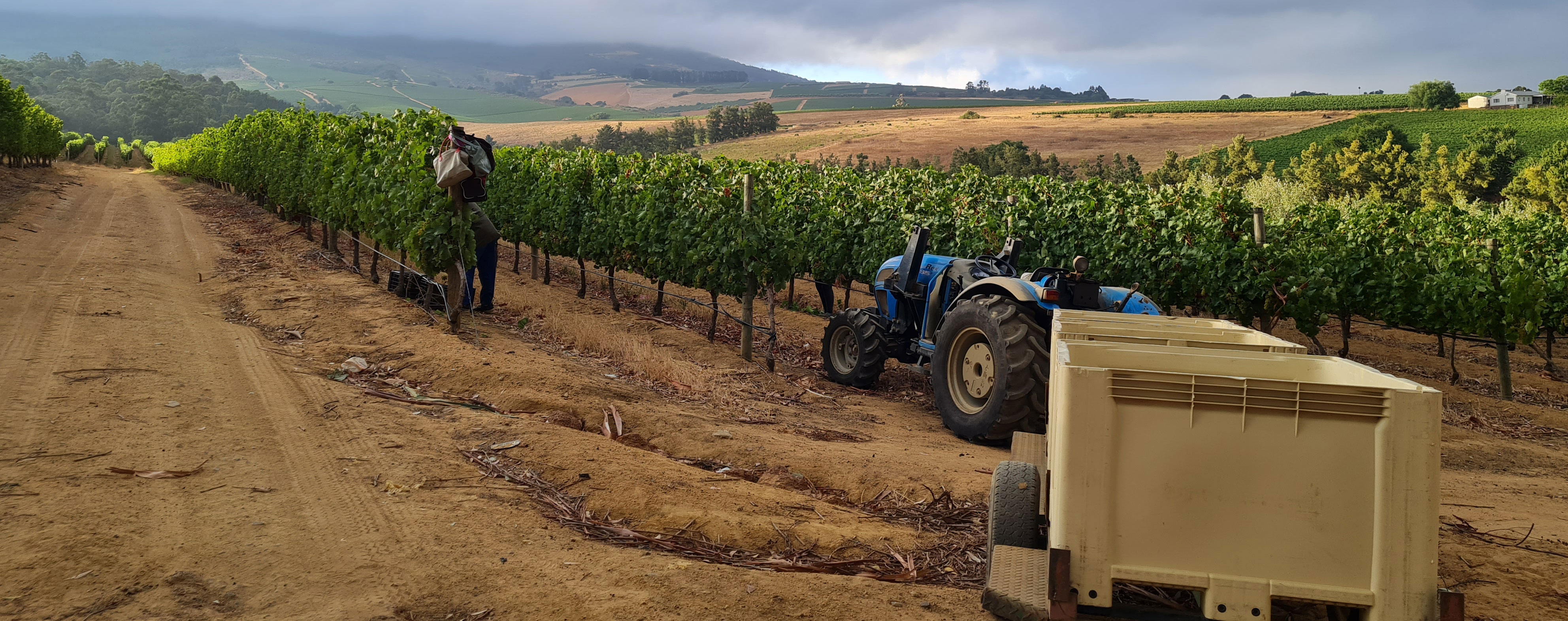










.png)






